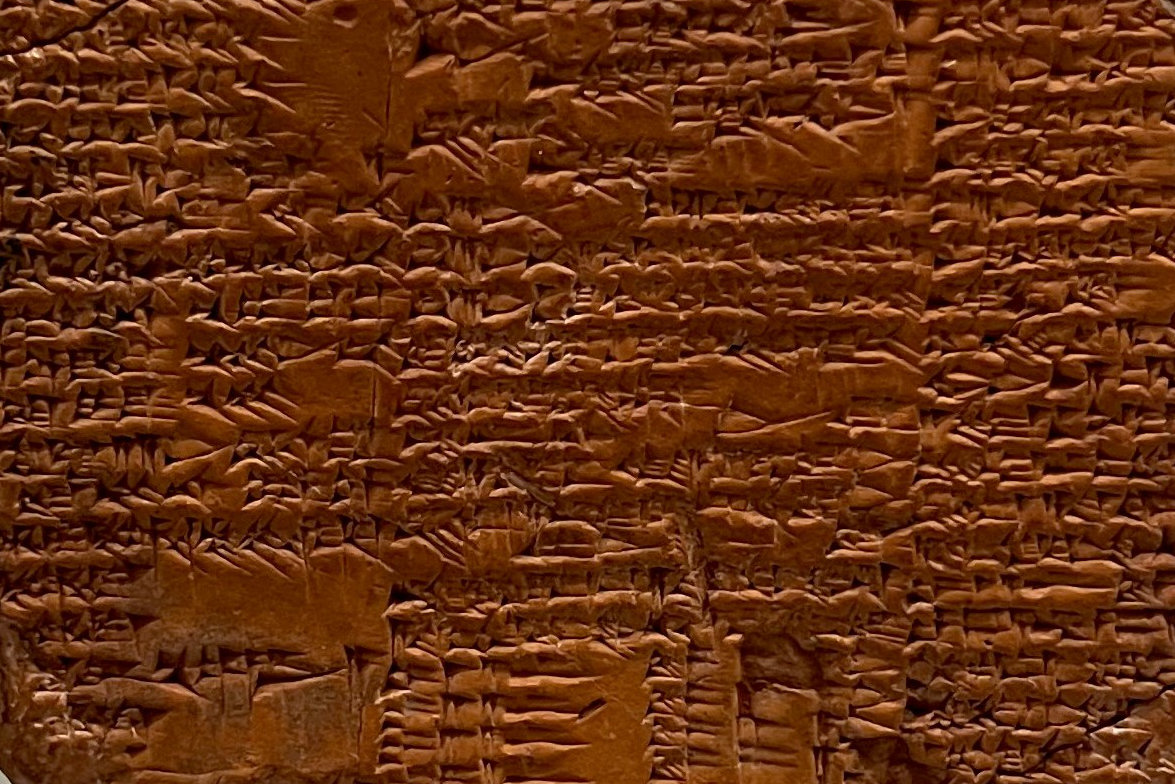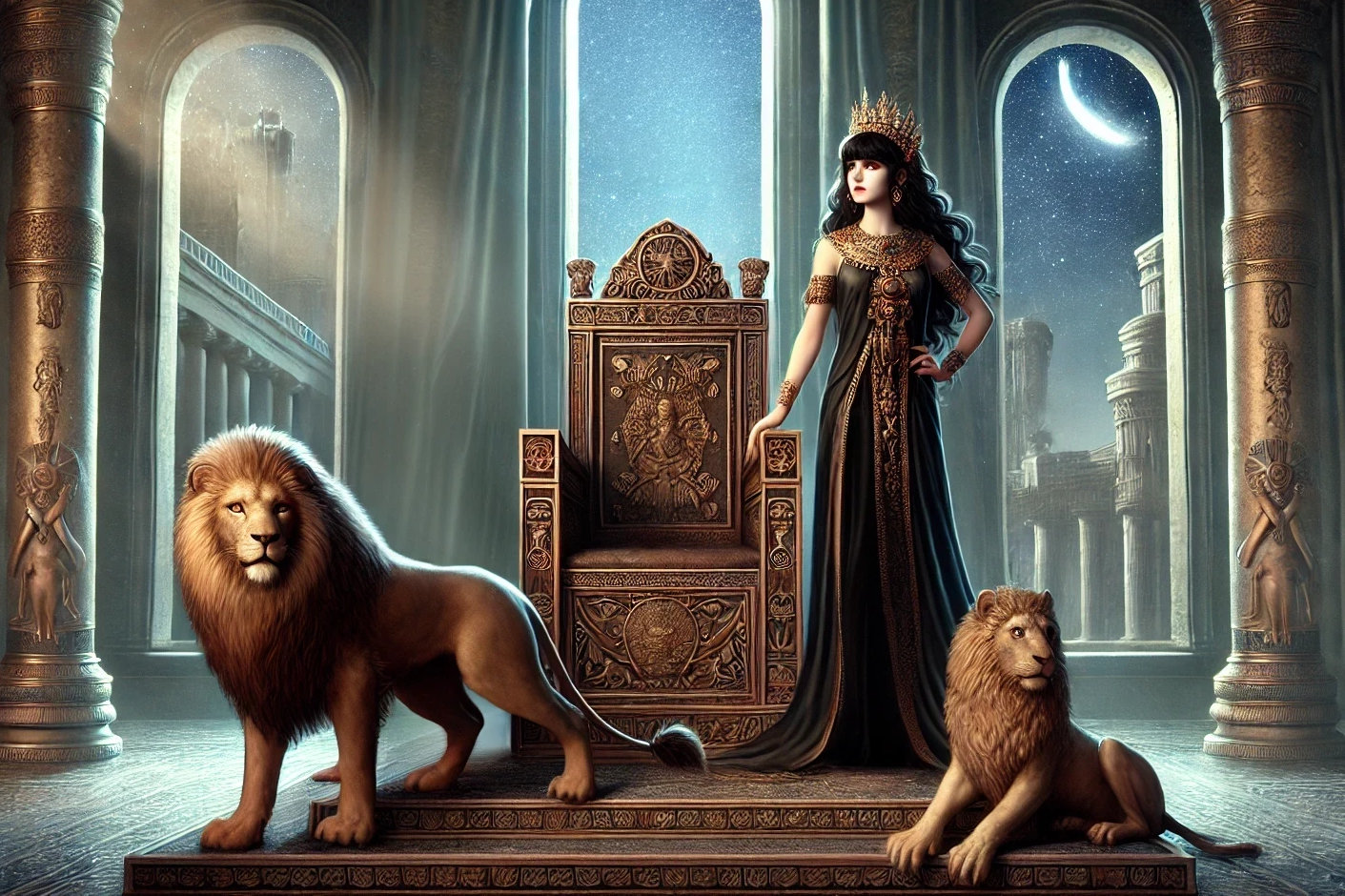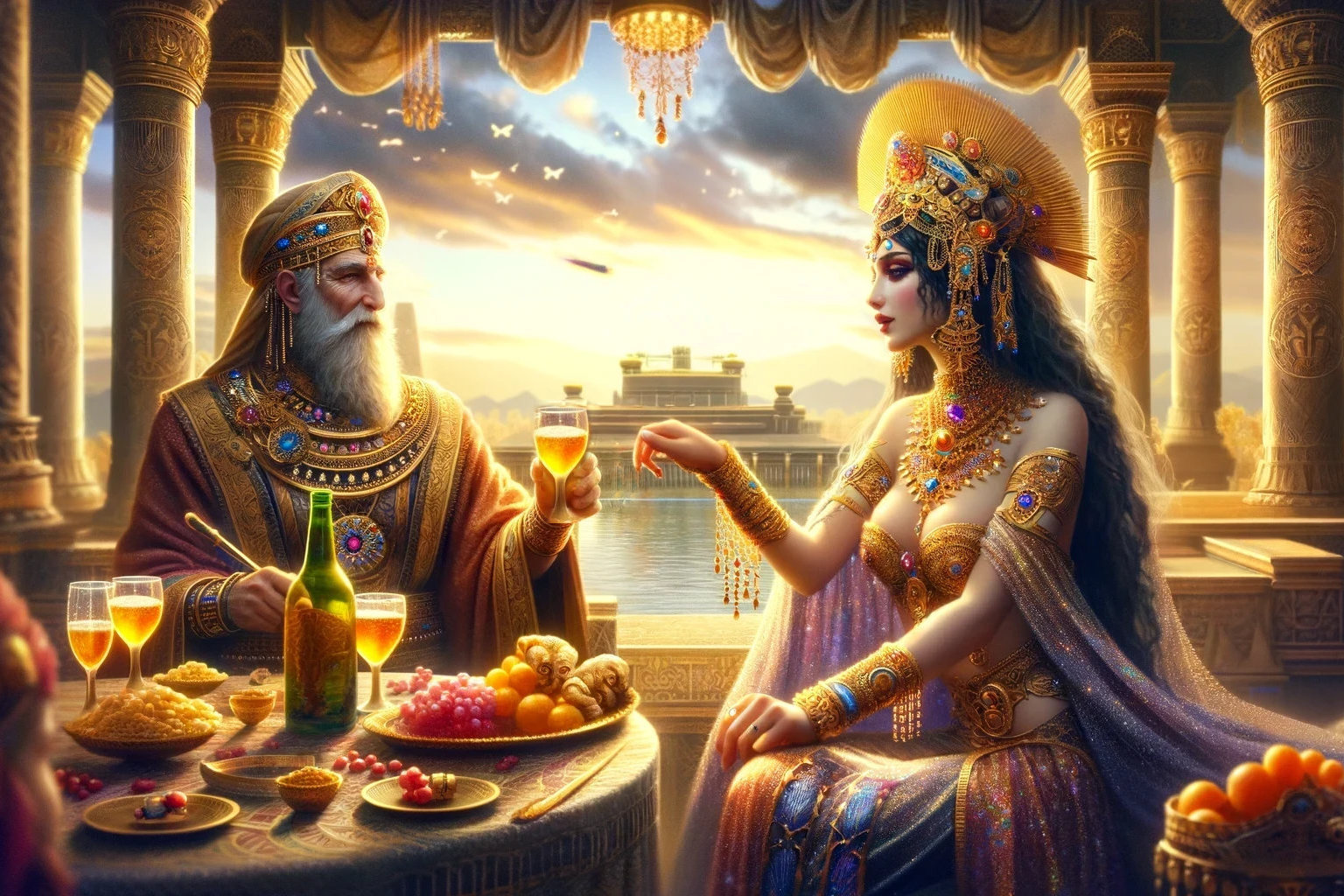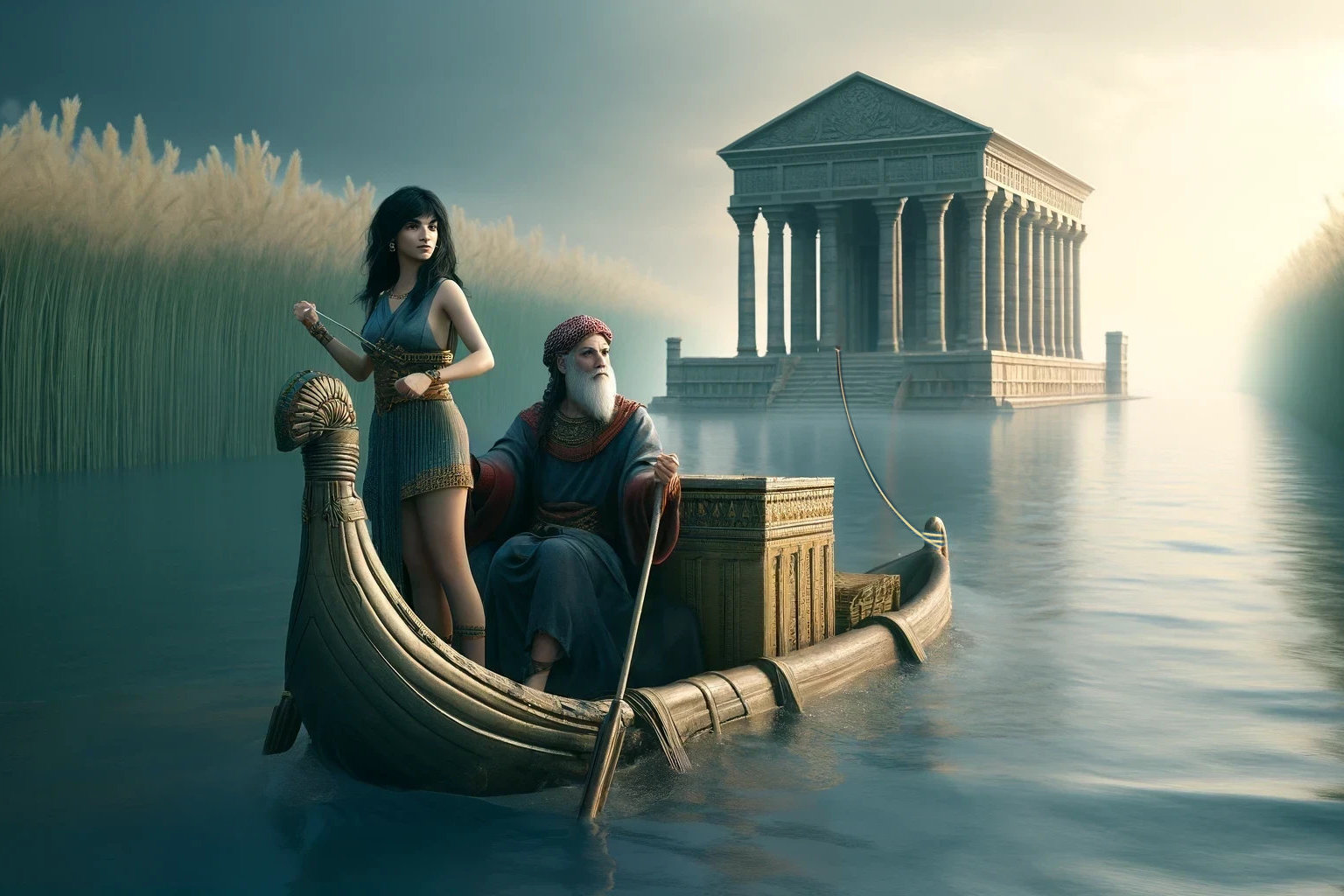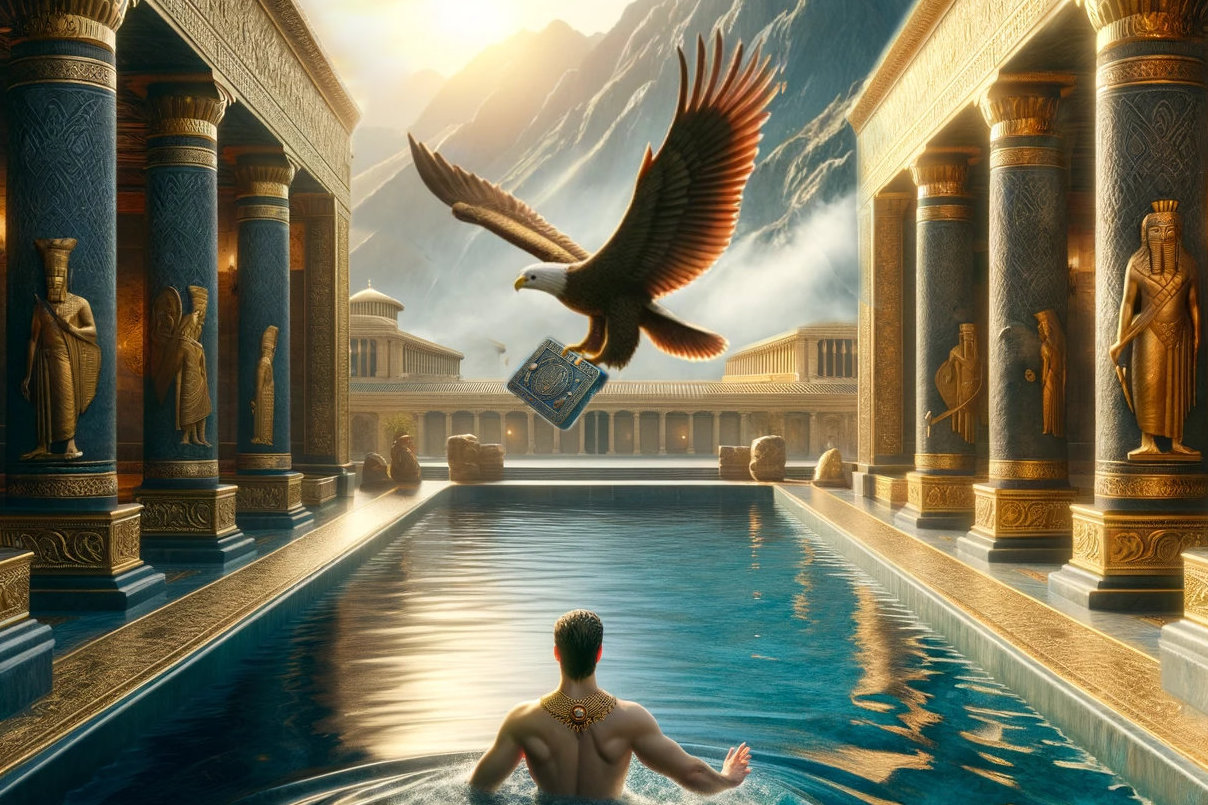Translations of Sumerian Myths
Here you will find translations and interpretations of Sumerian myths, arranged as far as possible in the order in which the described events are supposed to have taken place.
The topics range from the transformation of the barren landscape of Dilmun into a fertile paradise, through the establishment of the netherworld, the development of Sumerian civilization, to the description of the flood and the end of the old order.
The Chronology of Sumerian Myths
Sumerian myths can be arranged in chronological order based on various criteria. These criteria include comparison with historically proven events, consideration of the genealogy of the gods, the time periods in which the described cities existed, and the dates from which the oldest surviving versions of the myths originate. This section explains how the various mythological events can be chronologically classified.
The Sumerian Gods: Anunnaki and Igigi
The Anunnaki are the gods who decree the fate of humanity and take the necessary steps to implement it, while the Igigi assist them in this task. The lives of the Anunnaki gods up to around 2000 BC can be reconstructed from Sumerian and Akkadian myths. These can be reinterpreted in the context of the Founder Hypothesis.
The Mythological History of Sumer
The various myths together form a holistic picture. Therefore, the mythological history of Sumer can be reconstructed from the chronology of Sumerian myths and the dating of historical events. This is not the actual history of Sumer, but the history of its representation in the myths.
The Demons of Sumerian Mythology
Sumerian mythology distinguishes two fundamental types of demons: The first group includes demons who act on direct orders from the gods and function as guardians, fate-directors, or enforcers. The second group acts independently and embodies the uncontrollable forces of nature, especially in connection with life and death.
This fundamental distinction reflects the Sumerian understanding that some aspects of the world are directly controlled by the gods, while others are given freedom to unfold.
The Divine Powers (Me)
Among the central elements of Sumerian mythology are the divine powers (called “Me”), which include the art of writing, temples, and the Huluppu Tree. Many of these divine powers were taken by Inanna from the god Enki and then brought by boat to Uruk.
Each of these objects reflects a concept or process necessary for building Sumerian civilization. The myths sometimes describe these processes as metaphors, but sometimes they are also to be taken literally.
Sumerian History in the Context of the Founder Hypothesis
Sumerian myths describe the Anunnaki as supreme gods of a complex pantheon. An interpretation of these myths within the framework of the Founder Hypothesis shows how a small group of highly developed extraterrestrials systematically promoted humanity’s cultural evolution over millennia.
While some of them developed human consciousness, others coordinated the introduction of cultural innovations through a sophisticated system.
